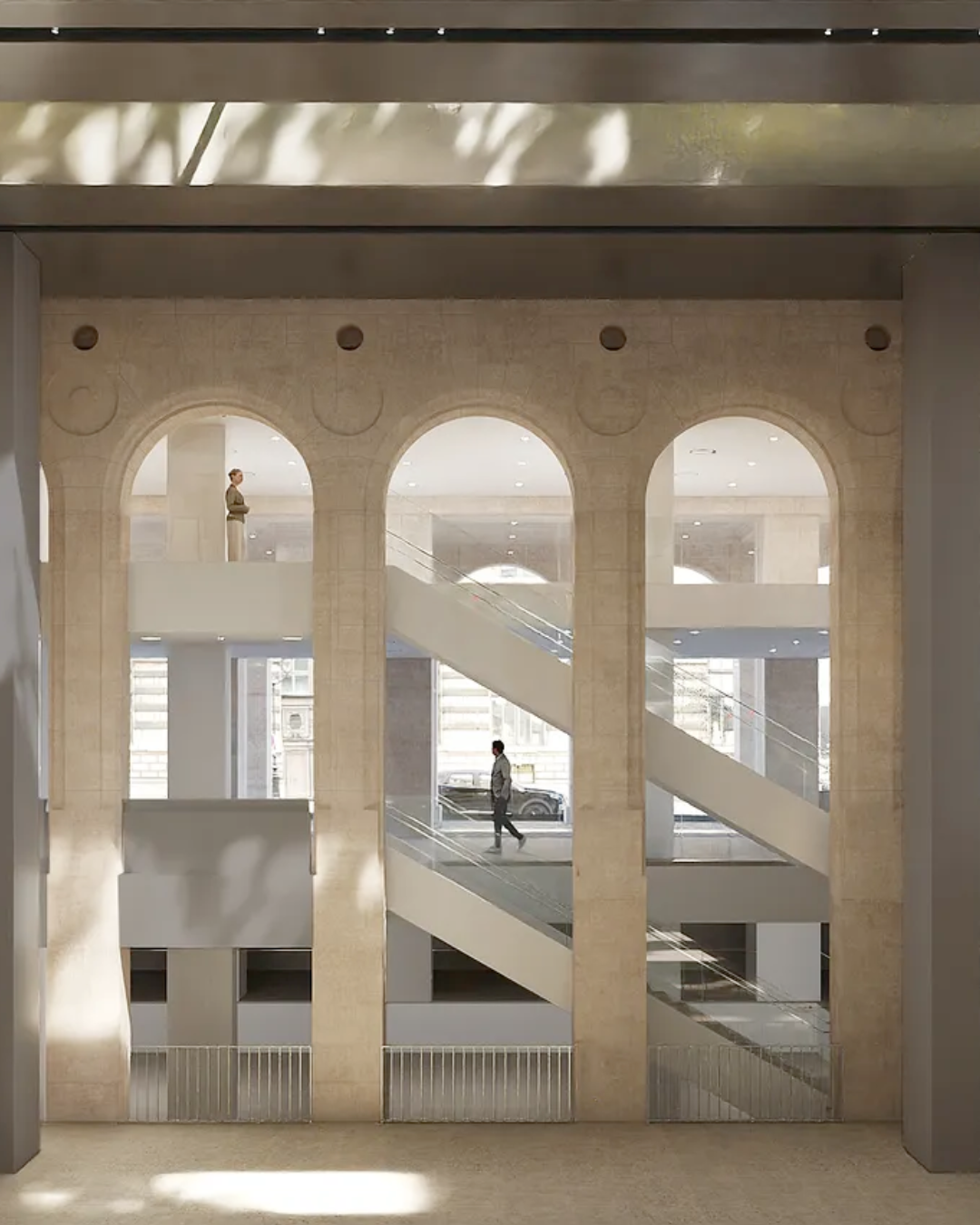
Fondation Cartier in Paris gives new impetus to contemporary art On the eve of its 40th anniversary, the Fondation Cartier is about to take a crucial step forward in its history

The long-awaited move of its premises to the prestigious Place du Palais-Royal in 2025 marks a turning point, not only for the institution itself but also for the international art scene. Jean Nouvel, the visionary architect already responsible for the current Fondation building on Boulevard Raspail, is once again at the helm to transform this mythical space into a unique creative venue. Located in the heart of Paris, a stone’s throw from the Louvre and surrounded by the city’s major cultural institutions, the new Fondation Cartier is part of a major project to revitalize the urban landscape. This prestigious site, emblematic of Haussmannian architecture, will serve as a backdrop for a new phase of dialogue between contemporary art and Paris's cultural heritage.
Since its creation in 1984, the Fondation has always managed to combine avant-garde and a long-term commitment to artists. It is with this same ambition that Jean Nouvel's architectural project for Place du Palais-Royal is taking shape. The structure, formerly the Grand Hôtel du Louvre, transformed into Louvre des Antiquaires in the 1970s, will be metamorphosed into a 6,500 m² space dedicated to artistic expression in all its forms. The key element of this project lies in its interaction between the past and the future. Far from denying the Haussmannian heritage of the place, the architect makes it a central pillar of his architectural design. By incorporating gigantic glass windows and mobile platforms, he injects new dynamics into this historic building. “What we invent here is not automatically read in steel or stone, but in another way of doing things: a way of thinking about how artists can have maximum power of expression,” he emphasized. His approach goes beyond the simple rehabilitation of an old site. It creates a flexible and modular space, constantly evolving, that adapts to the needs of artists and their projects. Visitors will have the opportunity to explore reinvented exhibitions at each visit, with volumes and heights reaching up to 11 meters thanks to the mobile platforms. These features allow for a variety of scenographies and exhibition modes, reflecting the Fondation's desire to be a place where traditional boundaries of art are continuously pushed.
Founded by Alain Dominique Perrin, then President of Cartier International, the Fondation Cartier was born from the belief that contemporary art deserves a dedicated space for its flourishing. From the beginning, it stood out for its ability to showcase internationally renowned artists while supporting emerging young talents. This mission continues today, elevating it to one of the city’s essential cultural institutions. With its move in 1994 to Boulevard Raspail, it had already initiated a major transition – an unparalleled space for artistic freedom in a transparent building of glass and steel, encouraging interaction between artworks and the outside world. The new location on Place du Palais-Royal will be no exception. This move also comes with a fundamental respect for the institution’s founding principles: independence from Cartier's commercial activities and a total devotion to artistic expression.
To celebrate its 40th anniversary, the Fondation will also multiply initiatives to honor its history while looking towards the future. The launch of a podcast series entitled Voir venir, Venir voir is one of the highlights of this anniversary year. Available on all listening platforms from September 17, this series aims to retrace the key moments of the Fondation, from its beginnings in Jouy-en-Josas to the revolutionary exhibitions on Boulevard Raspail. In parallel, it has also unveiled an exceptional installation in the windows of its future premises. Portraits of artists who have marked its history — from Jean Nouvel to Agnès Varda, including Patti Smith and Ron Mueck — adorn the monumental glass windows, allowing passersby to admire an open-air gallery. Furthermore, each exhibition, each installation, will be designed to integrate and resonate with the surrounding space. More than just a move, this transition symbolizes the continuous evolution of an institution that, for four decades, has remained at the forefront of artistic creation. This 8,500 m² space, with its vast exhibition areas and modular structures, will undoubtedly become a must-visit destination for art enthusiasts eager to discover what the Fondation has in store for the coming years.












































